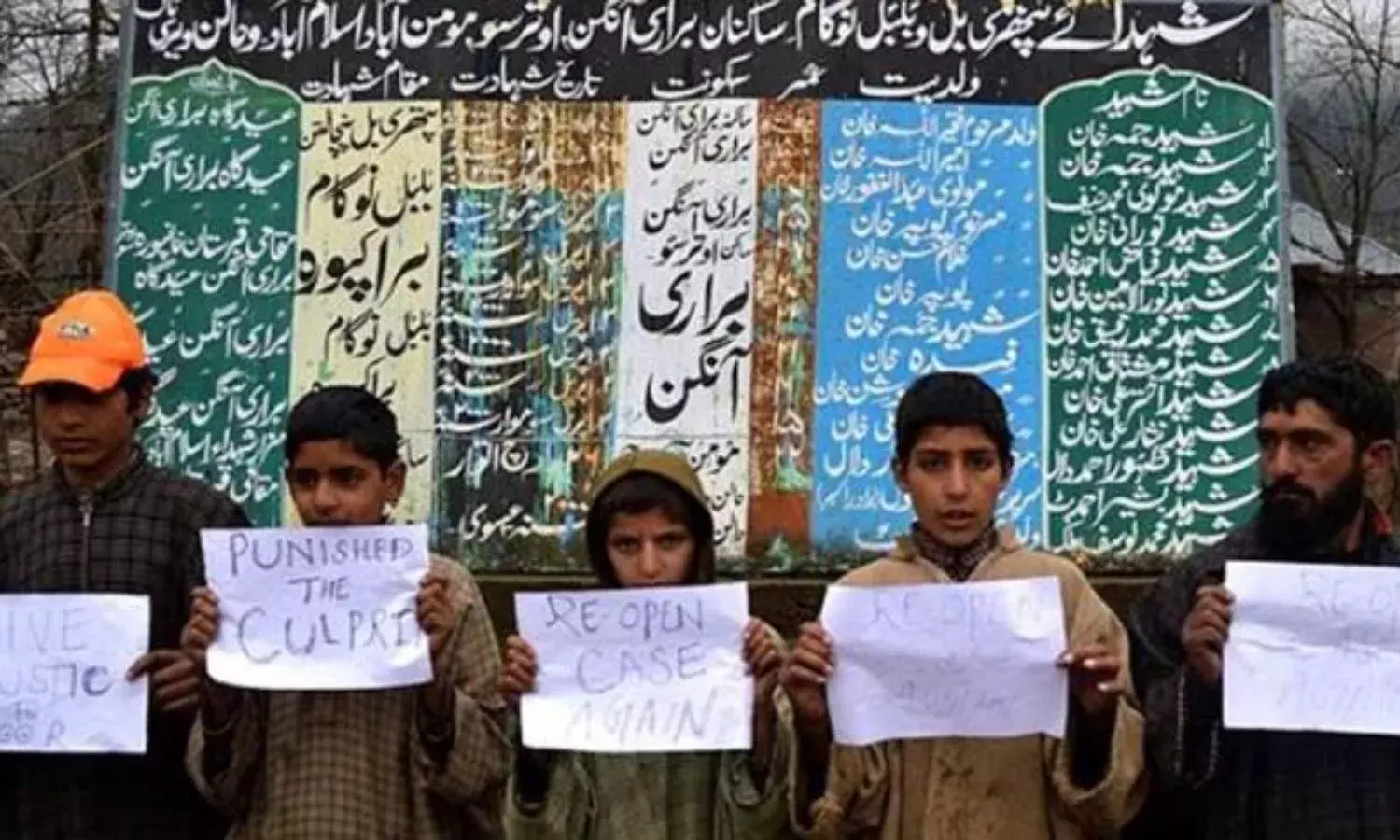Selectivity in Military Justice
Dangari and Pathribal

A former army commander ruing the possibility of extraneous considerations informing the army’s decisions, writes: ‘it would be very unfortunate if the Army’s approach to human rights violations is influenced by extraneous – regional, political or demographic – factors.’
His observation was in wake of the army’s summary general court martial sentencing human rights violators in a custodial killings case in Assam, the Dangari court martial, going back some two decades. The general brought out a little-known facet of the case, in that it was one of two cases that the army volunteered to take on when offered a choice by the Supreme Court in May 2012.
The other case was the infamous Pathribal case in Jammu and Kashmir in which five men were killed by the army and presented as the terrorists who had carried out the Chattisinghpora massacre of Sikhs in Kashmir on the eve of the visit of United States’ President Bill Clinton to India in March 2000. In the event, the army did not keep its commitment to the Supreme Court of conducting a trial by a court martial, instead letting off the accused for want of evidence.
The Supreme Court in August 2017 admitted a petition by the aggrieved families against the army’s alleged stonewalling. The petitioners had earlier faced a rebuff at the high court level. Though respondents were given six weeks to furnish their positions, the Supreme Court has – over a year later - yet to hear the case.
The contrasting trajectories of the two cases does beg the poser framed by the former army commander, an additional possibility no less troubling is discussed here.
Some suggest that immense pressure on the army in wake of the Chattisinghpora massacre led to the staged encounter killings. Since it was an unidentified armed group that carried out the massacre of the Sikhs, suspicions were of a possible ‘black operation’ intended to target Pakistan and its proxy war agents in Kashmir.
Given the strategic level context of the killings, the Rashtriya Rifles unit that carried out the fake encounter could hardly have thought up the cover-up idea itself. It was clearly put to the task. That its commander went on to the next rank – despite botching a high-profile operation - implies he was acting on orders.
If so, it is fair to also look higher up in the food chain. Such orders can be expected through the chain of command, with some links bypassed for confidentiality or over fears of incumbents having a mind of their own. The informal ‘blue-eyed boy’ links also serve as the conduit.
That the perpetrators were implementing orders explains their being let-off by the army, even without the court martial being convened even though mandated by the Supreme Court. Prosecution of the perpetrators would lead to spilling of the beans on Pathribal and, in turn, opening up the official narrative on Chattisinghpora to scrutiny.
The reasons-of state implicit in the Pathribal case did not attend the Dangari court martial case in Assam. That is a case of a unit acting largely autonomously, even if it kept its hierarchy in-the-loop on its actions. It is not a unit gone rogue, but one unfortunately attuned to the culture of the formation it was operating in.
The eventual elevation of the commanding officer to the rank major general suggests he earned a good command report, which means the brass were happy that he kept the bean count register ticking. It is not entirely a separate issue that his luck ran out in a case of moral turpitude, a case of cutting of one corner too many.
He fell prey to a command climate of careerism attenuated by the need in those serving in the north east to rival the showing of their comrades in Kashmir, who were in comparison bagging militant scalps by the dozen in the mid-nineties. Thus, his was an easy case for the army to duly follow through on in its commitment to the Supreme Court.
This is of a piece with the mantra ‘aberration’ the army trots out when confronted with its record on human rights. To it, the violators in the Assam case being held to account, the aberration stands addressed, notwithstanding that this was eased by the former major general’s sacking a decade back.
The verdict in the Dangari case compensates for and attempts to mellow the view of the Supreme Court on the Pathribal case when it comes around to vetting the petitioners’ case made over a year back. The delay at the court’s end – hopefully inadvertent - helped.
Unfortunately, it cannot be said with any conviction that shorn of the ‘national security’ connotation, a Pathribal like case would have gone the way of the Dangari case. The Machil case, in which three innocent men were killed in a fake encounter depicting an infiltration attempt on the Line of Control, was one pursued at the behest of enlightened leadership at the army command level. That its outcome was derailed in a questionable judgment of the armed forces tribunal suggests that a Pathribal could have met a like fate.
Even where there is no ‘national security’ cover, such as the in the killing of Manorama Devi in Manipur, the army has been known to close ranks and protect perpetrators, under the mistaken belief that it shores up morale and as a defence against opening-up the of its human rights record. Its leadership forgets that it is paid for just that, leadership.
(The views expressed in this article are of the writer, and not necessarily shared by The Citizen)



